Battery Safety 101: Anatomy - PTC vs PCB vs CID February 18 2015, 10 Comments
The different kinds of protection inside and outside your 18650 batteries.

Figure 1. A close-up look at the anatomy of an 18650. Take a look at the different protection devices. By NASA.
Internal protective devices:
PTC (Pressure, Temperature, Current) Switch.

- Built-in to almost all 18650's
- Inhibits high current surges
- Protects against high-pressure, over temperature
- Resets and does not permanently disable the battery when triggered. However it's best not to trip them often as it irreversibly increases their electrical resistance by up to a factor of two and makes them more likely to have catastrophic failure.
- May not work when module included multi-cell series and/or parallel configurations
CID (Current Interrupt Device)

- Built-in to almost all 18650's
- Not visible by just looking at your battery
- Collocated (placed side by side) with the PTC
- Is a pressure valve, which will disable the cell permanently of pressure in the cell is too high. (For example, if you battery over-charges and reaches over 145psi.)
- Works by releasing the connection of the positive terminal, rendering the plus pole useless.
- Does not always reset, does not always open completely when needed
- May not work when module included multi-cell series and/or parallel configurations
Tab/lead meltdown (fusible link type)
Fuses and tabs that connect batteries joined together are designed to break the circuit under high voltage.
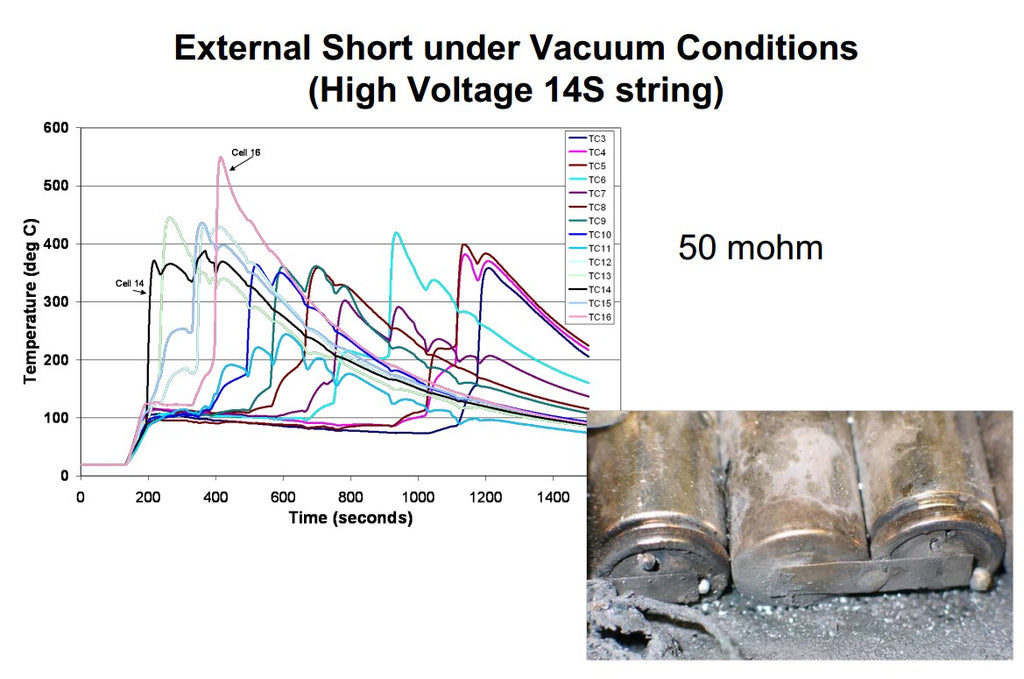
Figure 2. External short circuiting under Vacuum conditions. By NASA.
Bimetallic disconnects

Figure 3. How a bimetallic disconnect on 18650 batteries work from HVAC.
Temperature changes will let the metals expand or contract. When bimetallic blade is 'closed' or 'down' it provides contact and forms a circuit. Because the current provides heat, the metal begins to expand. This prevents the temperature from ever getting too hot or too cold.
External protective devices:
Diodes
You've probably heard of LEDs (light emitting diodes), but what is a diode? It's like a valve, and only let's current flow one way. For a better understanding, check out this video:
Vents
- Basically little holes at the top of your battery
- Will spew toxic chemicals like ether instead of exploding
Thermal fuses (hard blow or resettable)
- Sometimes called PTC resistors
- Often hidden just beneath the positive cap
PCB - Circuit boards with specialized wire traces
- Highly recommended for older lithium ion batteries.
- Not necessary in newer, safer chemistries like INR
- Mainly used in flash-lights, NOT in vaporizers or other high-drain applications
- Limits amp discharge to 6A or lower
- Protects against, over-charge, over-discharge, short-circuiting, and potentially other things.
Let's take a look at a popular protection board circuit in use on 18650 batteries, the Tenergy 23002 PCB with a 6A cut-off

This board has the following features:
- Over-charge protection
- Charge protection
- Over-discharge protection
- Over-current protection
- Short protection
This is what an 18650 battery looks like when it is connected to a PCB:

Does your battery have protection circuitry?
18650 batteries sold in the US are required to have CID and PTC protection. However most cells for vaporizers are sold without PCB's. This is because the PCB will limit the amp discharge of your battery to 6A, when vaporizers need 10A - 30A.
To know whether your battery has PCB protection, there are a few signs:
- Your battery is longer than the unprotected version (use Best 18650 Battery to look-up the size).
- The bottom of your battery is not steel (the color is copper, or some other color different from your top cap).
- You can feel the wire running from the negative pole to the positive pole on the side of your battery.
What kind of battery does TESLA use?
Tesla uses 18650 batteries but has modified them. They have taken out the PTC and CID protection circuitry and made them truly bare-bones. Instead of relying on these protection devices, TESLA has made their own out of a type of foam that floods the battery module and prevents fire.

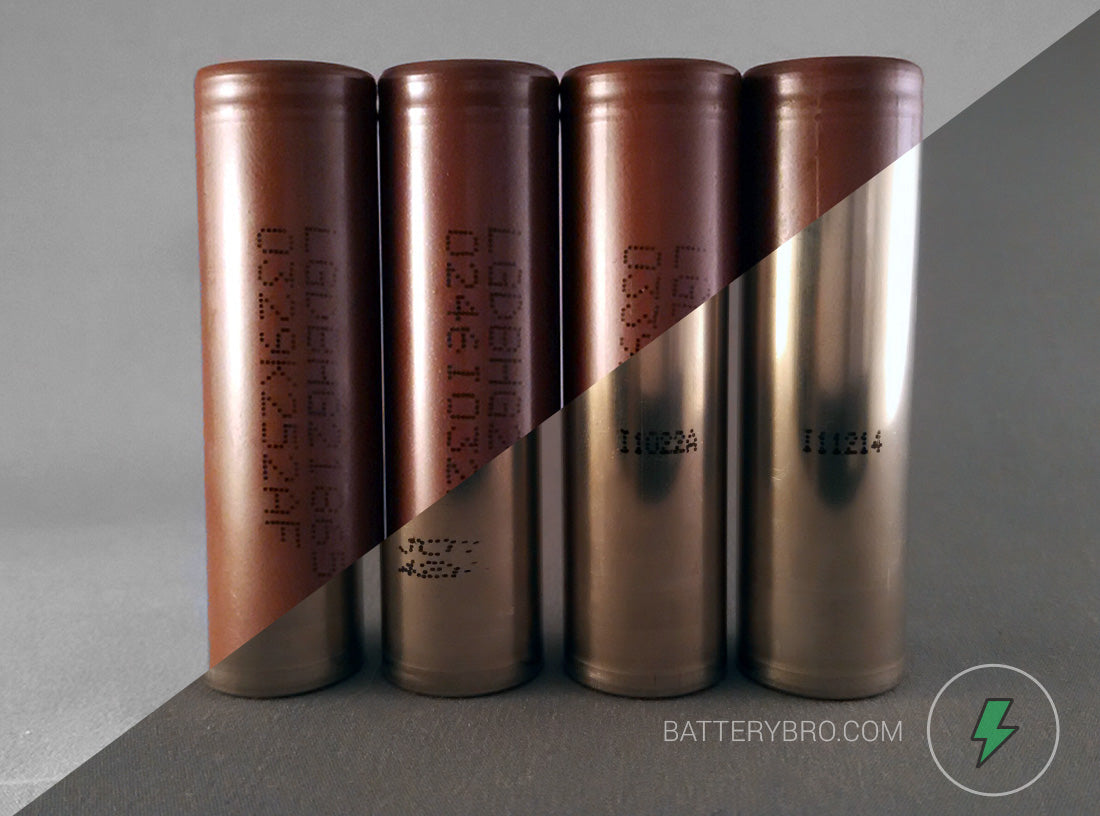
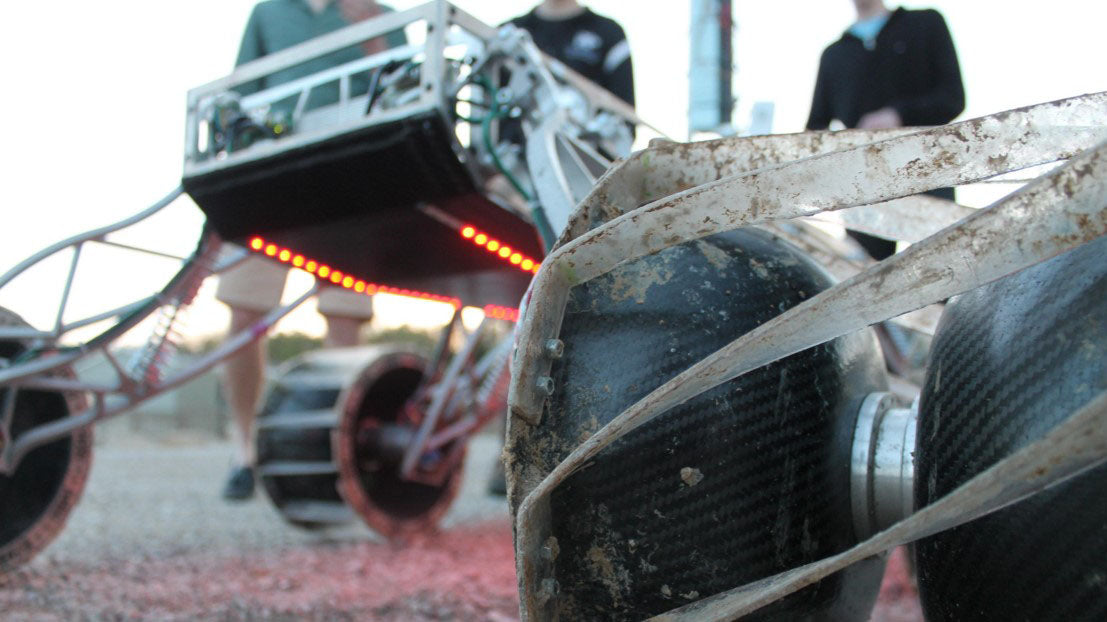




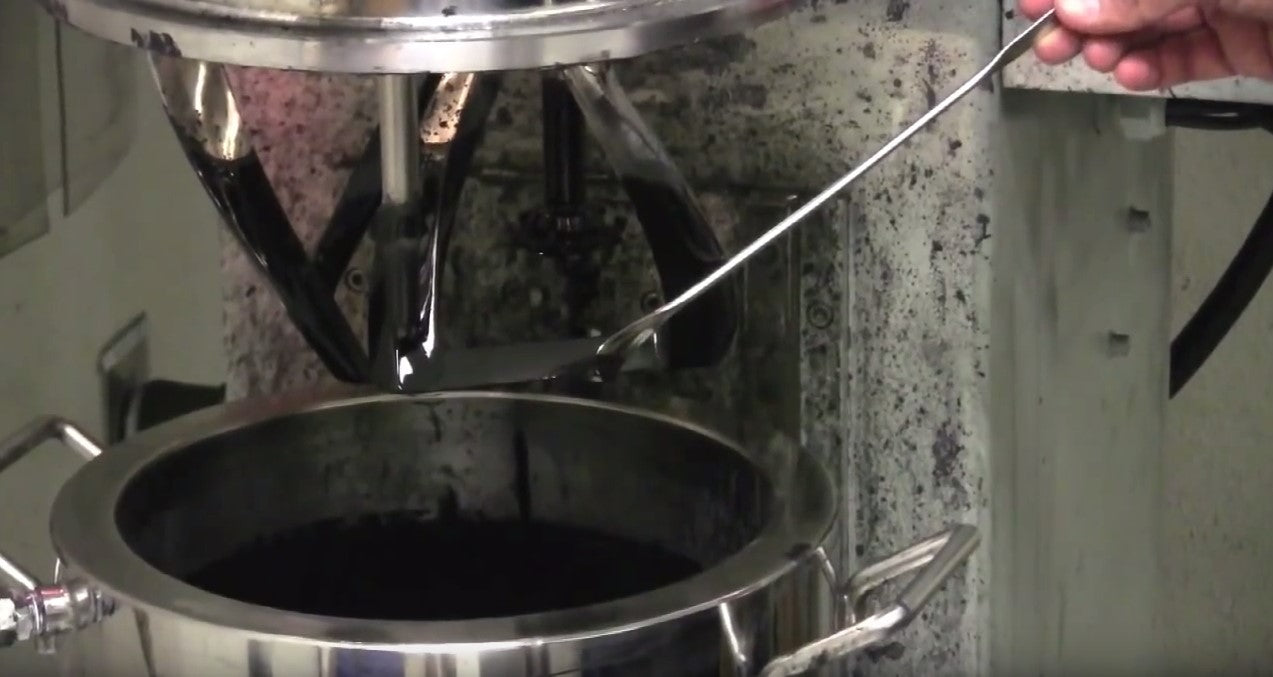
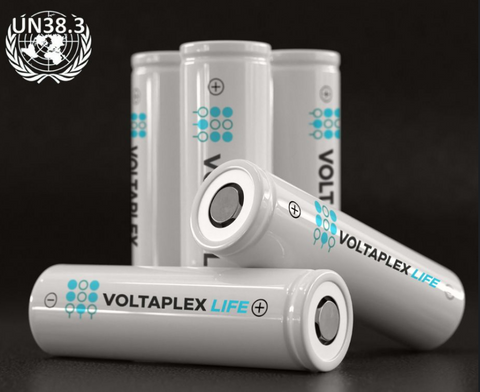
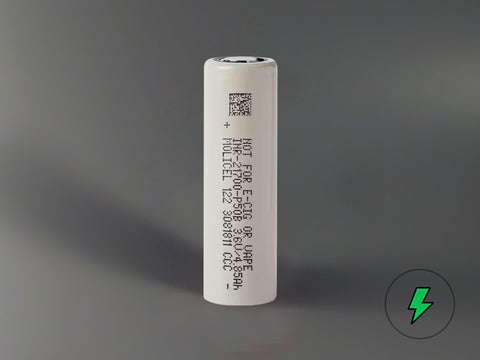
Comments
I want information protection cell, battery modules and TESLA. Better information protection 18650 cells are obtained from
http://www.lygte-info.dk/info/battery%20protection%20UK.html
Goutam Maity on August 17 2020 at 11:35AM
My laptop battery one cell damage . Thin I light press the positive portion.and then it changed 4.18 volt.can i savely use this battery? Plese tell me.
Dan Cronin on August 14 2019 at 01:14AM
Does anyone manufacture 3.2V prismatic cells with similar internal protective devices? I’ve been unable to find out if these even exist.
Ray on June 01 2019 at 05:43AM
I was wanting to know if you could possibly tell me what is the largest mAh rechargeable battery I can use in the Protac HPL flashlight? It comes with the 74175 Streamlight rechargeable battery, but I was hoping to go with a better battery which would allow me to go longer without recharging. I appreciate any assistance you might be able to lend and I look forward to hearing from you.
Thanks,
Ray
Conan on June 28 2018 at 12:32PM
Tesla uses the thin Aluminum wires running from cell to bus bar as fuses, this is e primary defense against shorts etc. NOT the fire retardant foam/adhesive that separates cells.
Matthew Najmon on January 18 2018 at 09:23PM
“Fuses and tabs that connect batteries joined together are designed to break the circuit under high voltage.”
Fuses are current-sensitive devices, not voltage-sensitive.
Davide Andrea on July 06 2017 at 12:18PM
Please let me point out that what you have there is a “cell” not a “battery”. “Battery” means “collection”, as in, a collection of cells, electronics, case, connector… You may want to edit this page, and replace “battery” with “cell” whenever appropriate. Thanks. Davide
Cristian Teodorescu on April 02 2017 at 07:24AM
Renard DellaFave on October 20 2016 at 04:42PM
PTC means Positive Temperature Coefficient, not Pressure Temperature Current. They can trip from heat instead of over-current but too much pressure (on them, like over crimping, not battery gas pressure) can make them not trip.
Kohn — LiIon batteries do not need to be “broken in”. They’re as good as they’ll ever be on their 1st cycle.
There is a “forming” process to establish the anode SEI layer but that must be done in the factory and is not something a home charger can do. That layer gets thicker with every charge and degrades performance.
Kohn on August 07 2016 at 11:31AM
I bought a femixpd35 tax 1000 lumen flashlight, along with the matching recharger. What is the best way to break in the new battery?
Alan on June 23 2016 at 04:16PM
Very interesting article. Is there a source for the last bit? the tesla part. I’d like to learn more on that.